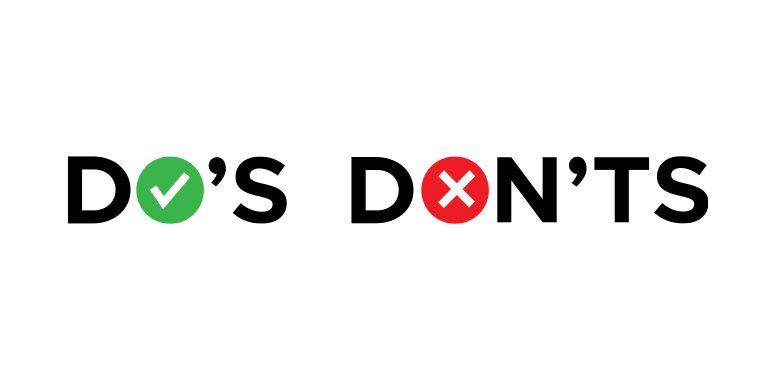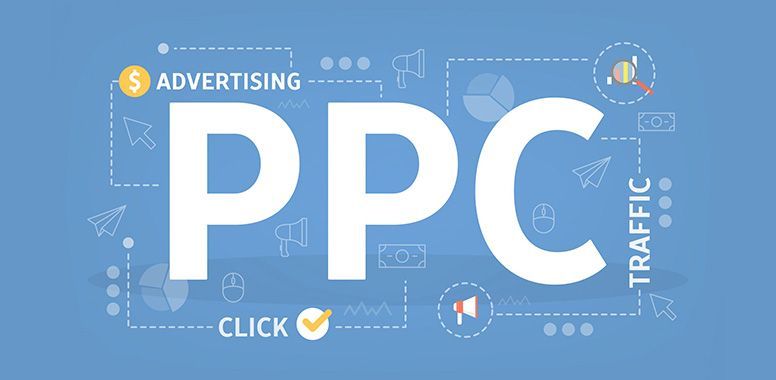Mastering the Amazon Brand Registry: A Step-by-Step Blueprint for Success
John Mark is a relentless and determined entrepreneur who founded his brand and established a thriving presence on Amazon Marketplace. He single-handedly directed his brand to stardom with stellar reviews and impressive sales. Until one morning, John Mark discovers numerous unauthorized resellers on his Amazon listings, jeopardizing the carefully built brand identity overnight. The once comforting morning routine transforms into a sense of urgency as the brand’s reputation hangs in the balance. Faced with this unexpected challenge, John Mark must take swift action to regain control and protect his hard-earned brand.
Many brand owners like you today are experiencing the same situation John Mark is in. In the ever-evolving landscape of online commerce, protecting your brand identity is paramount. This is where Amazon Brand Registry comes into play. Amazon Brand Registry empowers brand owners to exert control over their product listings and enhance customer experience.
This comprehensive guide will take you through the step-by-step process of registering your brand on Amazon, ensuring that your products stand out and are shielded from potential infringements.
Step 1: Confirm Your Eligibility
Before you start the registration process, make sure you meet Amazon's eligibility criteria for Brand Registry. Generally, you need to have a registered and active trademark for your brand. Additionally, possessing a Seller Central account on Amazon is a prerequisite.
Step 2: Trademark Registration
If you haven't already, you'll need to register a trademark for your brand with the relevant authorities. Amazon recognizes trademarks issued by government intellectual property offices. Ensure that your trademark is registered in the countries where you plan to enroll in the Brand Registry.
Step 3: Set Up a Seller Central Account
If you don't have an Amazon Seller Central account, you'll need to create one. Go to the Amazon Seller Central homepage and follow the prompts to set up your account. If you already have an account, log in to proceed.
Step 4: Access the Brand Registry
Once logged into your Seller Central account, navigate to the "Brand Registry" section. You can find this under the "Advertising" tab. Click on "Enroll a new brand" to begin the registration process.
Step 5: Provide Brand Information
Enter your brand name, the associated trademark registration number, and the product category. Ensure that the information matches the details on your trademark registration. You may also need to provide images of your product and packaging with visible branding.
Step 6: Verify Your Identity
Amazon may require additional information to verify your identity as the brand owner. This can include a statement of use, a website demonstrating your brand, or additional images showcasing your product and branding.
Step 7: Submit Your Application
Review the information you've provided and submit your application to Amazon for scrutiny. The approval process typically takes a few days as Amazon verifies your trademark information and ensures you meet all Brand Registry requirements.
Step 8: Monitor Your Brand Page
Upon approval, access the suite of tools and features provided through Brand Registry. Regularly monitor your brand page to guarantee accurate product representation and promptly address any potential issues that may arise.
Navigating the Amazon Brand Registry process is an investment in the long-term success and protection of your brand. By following this step-by-step blueprint, you can confidently register your brand on Amazon, maximizing its visibility and safeguarding it against potential threats in the dynamic world of e-commerce.
Feeling a bit overwhelmed? No worries!
Chief Marketplace Officer is here to assist you through the process.
Chief Marketplace Officer helps brands like yours succeed on Amazon so you can focus on developing your products to grow your business.
Our team of experts is just a click away if you need any guidance.Contact us here or
book a zoom call.
Ready to elevate your brand? Let's make it happen!


